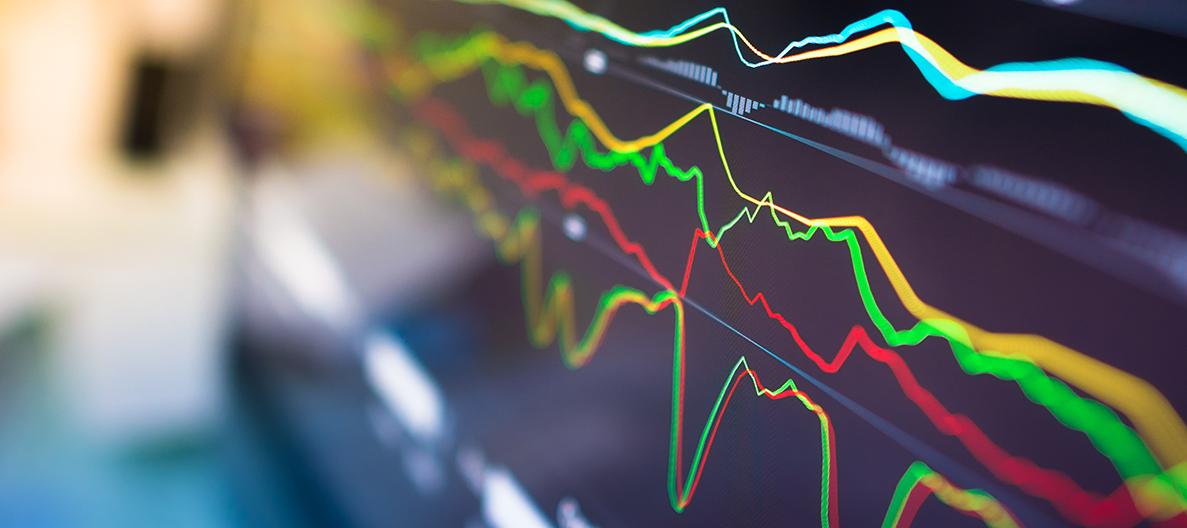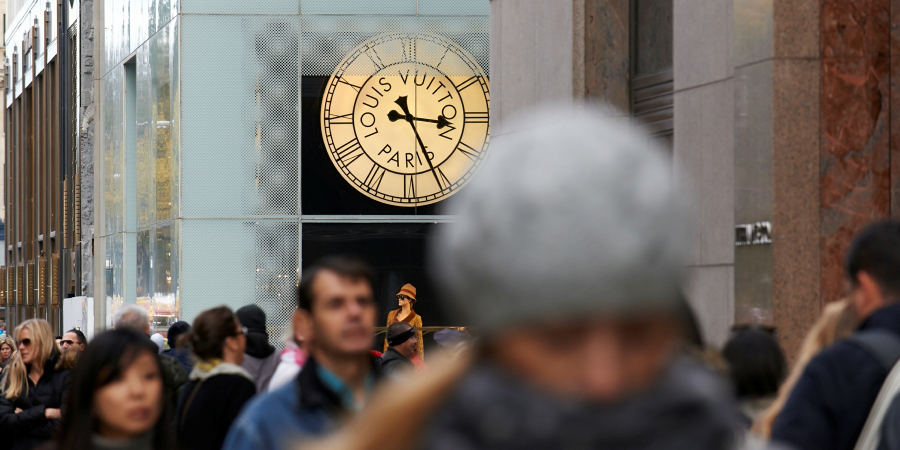Transcript:
RANDY FREDERICK: Despite escalated tensions with North Korea, hurricanes, higher interest rates, and now a strengthening dollar, this market continues to hit new highs almost daily. Jeff Kleintop joins me for the October 3rd Schwab Market Snapshot to give us his take on how this market can continue to go higher despite all these hurdles.
So, Jeff, as we move into Q4, the market shows no signs of giving up. Breadth is really good and stocks just keep on climbing. Is it possible that investors are underestimating this market?
JEFF KLEINTOP: Well, investors have been cautiously buying stocks this year, but, you’re right, it’s easy to underestimate this rally. Both from the breadth of the countries and the consistency of it—every major country has posted gains this year. That’s pretty rare. And every month this year, we’ve seen gains for global stocks.
Through September, the MSCI All-Country World Index posted gains every month. And, in fact, the last two months of last year were positive, as well. So now let’s string that together, that’s 11 months in a row of gains, tying the all-time record set back in 2003 and 2004. So it’s been an impressive streak, to say the least.
RANDY: I would agree. And, as you just said, not only is this going on in the U.S., but globally. So do you see anything that could derail this rally?
JEFF: Well, of course, a pullback could come at any time. But a development big enough to overcome the improvement in earnings and economic growth supporting the gains, well, I guess it could come in the form of the issue of inflation. So central banks right now around the world are behaving as if wages and inflation will revive in the year ahead. And if they don’t and central banks don’t alter their policy path, stocks could be in for a rough ride in 2018.
See, the past three recessions, Randy, as you know, were all caused by the bursting of bubbles. You had the financial crisis caused by the bursting of the housing bubble. You had the tech-wreck in the early 2000s from the bursting of the tech bubble. And then you had the widespread failures of the savings and loan crisis which preceded the 1990 recession. But unlike the past few recessions, the next one may end up looking like those of the 1960s, ’70s, and ’80s, and those were generally caused by aggressive rate hikes.
Now, the U.S. Fed has started to undertake some rate hikes, and we’ve also seen the Bank of England start to consider rate hikes, as well, and the European Central Bank is starting to taper their quantitative easing program. So we’ve seen this broad shift in actions by central banks in anticipation of higher inflation brought on by more competitive labor markets.
Now, some countries have seen tight labor markets for years now, like in the U.S. or Japan, and that hasn’t led to higher wages or inflation, but we’re only now, globally, at a point where the global unemployment rate is at a level where we’ve seen inflation started to pick up in the past.
So we expect central banks may get this issue of inflation right for 2018—or at least mostly right—leading to gradually higher interest rates, or monetary policy, higher rates, tighter policy, but that doesn’t derail the bull market, or disrupt economic or earnings growth. But, look, a lot is riding on it, and we’ll certainly be watching it very closely.
RANDY: Yeah, I think there’s no question about that. Great information, Jeff. Thank you.














